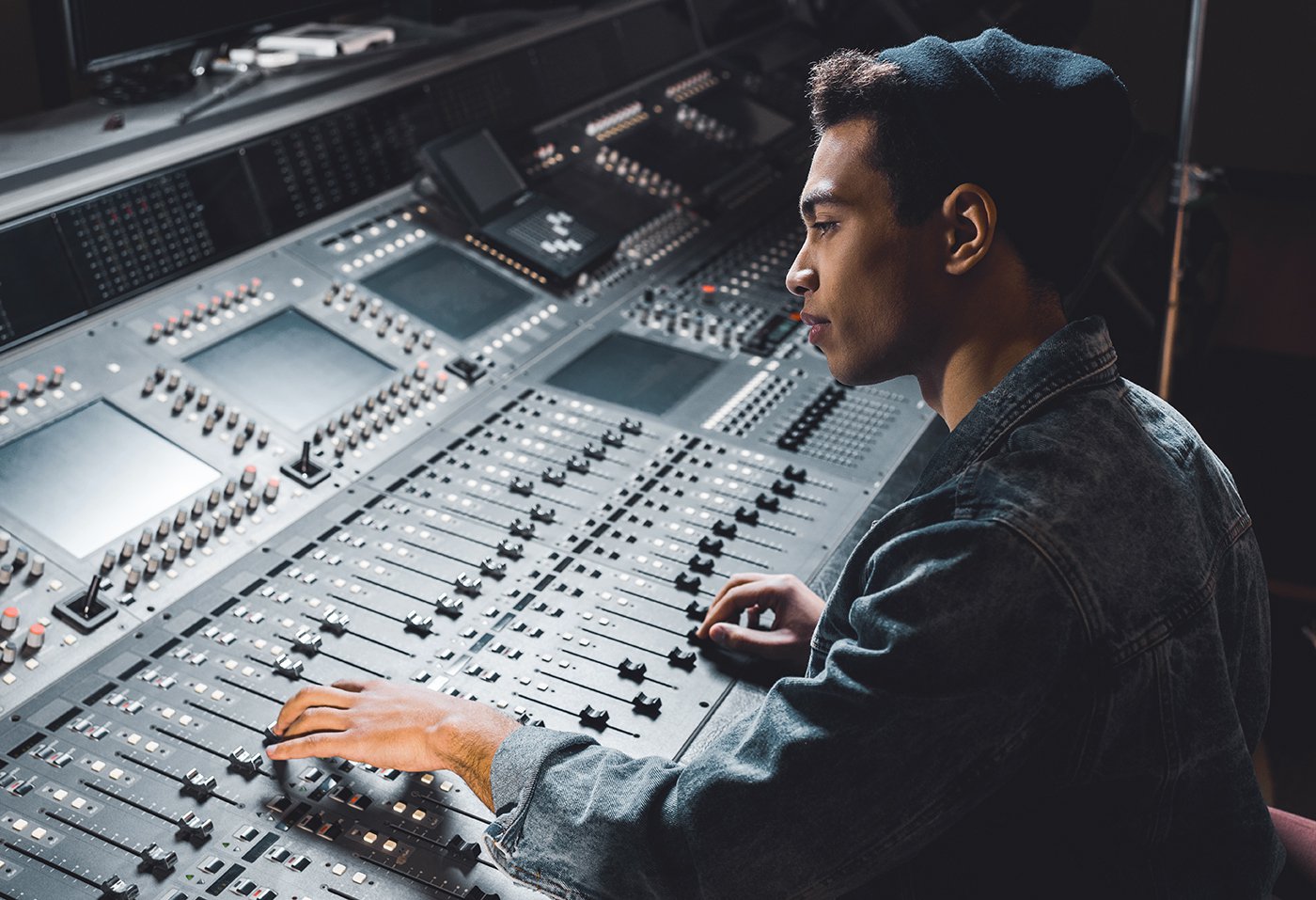
What is Sound Mixing?
Sound Mixing is a process in electronic sound where various sound frequencies and levels from multiple sources are blended together to create a perfect music track or a series of sounds. It is an essential part of sound production that helps the sound sources interact with each other in the best possible way and produce the best sound output.
Importance of Sound Mixing.
Creating interaction between sound sources: Sound Mixing helps sound sources interact with each other in the best possible way, helping to create a perfect sound output.
- Creating a professional sound output: Sound Mixing helps create a professional sound output, allowing you to communicate your message in the best possible way.
- Creating a better listening experience: Sound Mixing helps create a better listening experience, allowing you to communicate your message in the best possible way.
- Optimizing sound quality: Sound Mixing helps optimize sound quality, allowing the sound output to achieve the best possible level.
- Minimizing noise and hiss: Sound Mixing helps minimize noise and hiss, allowing the sound output to achieve the best possible level.
Skills and Knowledge Required for a Mixing Engineer.
-Basic knowledge of music theory (identifying tempo, pitch of a song, etc.)
-Knowledge of all equipment and processes involved in mixing.
-Knowledge of DAW or mixing console.
-Knowledge of signal flow.
-Creative and flexible in handling new or unfamiliar devices.
-Ability to harmonize and orchestrate.
-Ability in sound design.
-Mastering skills.
Commonly Used Processing Devices in Our Mixing Process,
+Adjusting volume with gain or fader
+Vocal tuning
+Debreath, declick, demouth, de-ess, etc.
+Equalizer – EQ
+Dynamic Processors: Compressor, Expander, Gater, Limiter, Multiband Compressor,…
+Time-based Effects: Reverb, Delay, Echo, Flanger,….
+Harmonic processor
+Saturation processor
+Stereo-field processor: Widener, Mid-side, stereo modulation – automation.
